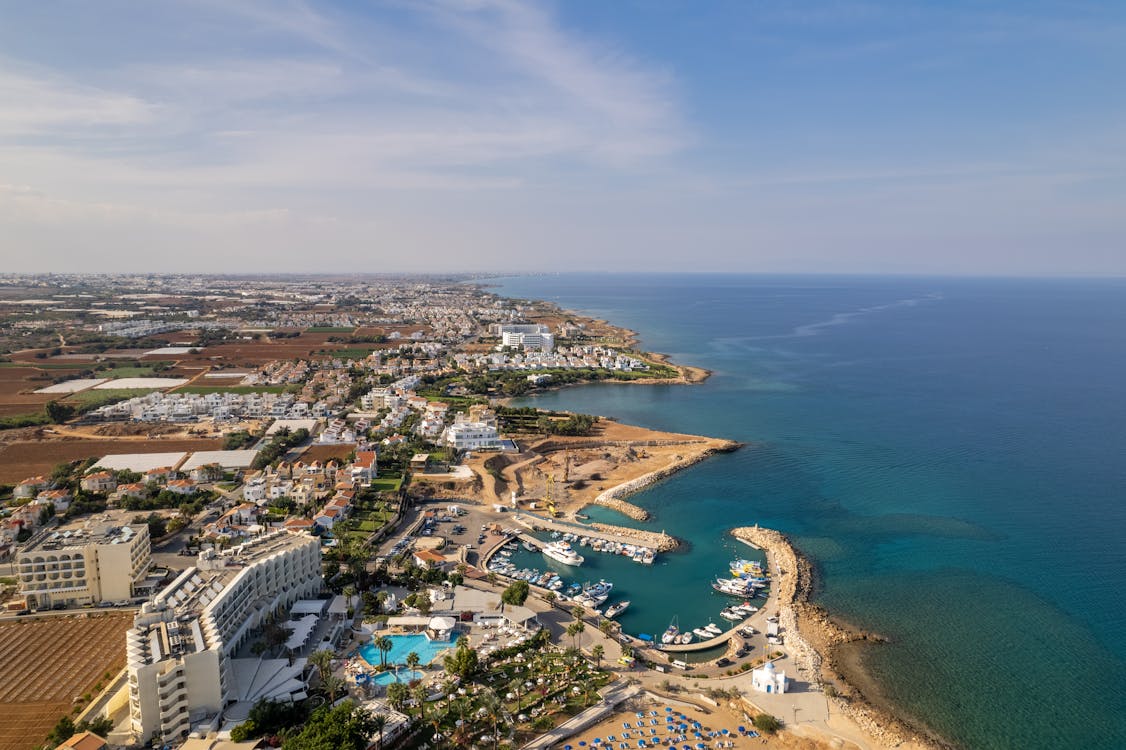Revenue from tourism in Cyprus rose by 9.6 per cent in June 2025, reaching €422.3 million compared with €385.2 million in the same month last year, according to the state statistical service (Cystat).
For the first half of the year, tourism revenue climbed to €1.38 billion, up 21.3 per cent from €1.14 billion in January–June 2024.
At the same time, the average expenditure per person stood at €847.01 in June 2025 compared with €798.77 a year earlier, recording an increase of 6 per cent.
On a daily basis, spending averaged €99.65, up from €93.97 in June 2024.
Tourists from the United Kingdom (the largest tourist market with 36.4 per cent of the total tourists in June 2025) spent on average €103,92 per day.
Poland followed (the second largest market during the specific month with 7.3 per cent of the total tourists) with tourists spending €663.65 per person, and €90,91 per day, while Israel (the third largest market with 6.1 per cent), spent on average €149,44 per day.
Moreover, tourists from Switzerland stood out among the highest spenders, averaging €1,437.37 per person, while Austrians spent €937.99 per person and €123.42 per day.
Belgian visitors spent €1,020.12 per person, with a daily average of €118.62, and Dutch tourists €993.70 per person, or €124.21 per day.
German visitors recorded an average spend of €967.61 per person and €100.79 per day, while Swedes spent €788.14 per person and €107.96 per day.
French tourists averaged €791.97 per person, with daily spending of €96.58.
By contrast, Greek visitors ranked among the lowest spenders, averaging €398.38 per person, with a relatively short stay and a daily spend of €68.69.
Italians followed with €554.95 per person and €97.36 per day.
According to the statistical service, the figures are based on the passenger survey conducted at Larnaca and Paphos airports, supplemented by administrative data.
Earlier in the season, May arrivals accelerated, setting the tone for the summer. Tourist arrivals rose by 13.7 per cent year-on-year to 479,160, compared to 421,400 in May 2024.
From January to May, total arrivals reached 1,344,486, up 14.9 per cent from 1,170,214 in the same period of 2024. The UK remained the primary source market, followed by Israel, Poland, Germany, Sweden and Greece.
This carried into June, when tourist arrivals increased 3.4 per cent to 498,527 compared to 482,261 in June 2024. For the first half, arrivals reached 1,843,013, up 11.5 per cent year-on-year.
Germany, Denmark, Romania, the Netherlands and Lebanon all posted strong gains, while France, Switzerland and Greece saw declines.
By July, the peak season broadened further. Arrivals rose 6.9 per cent to 589,116 compared with 551,229 a year earlier.
As a result, total arrivals in January–July climbed to 2,432,129, up 10.4 per cent from 2,203,704 in 2024. The UK again dominated, while Israel and Poland were the second- and third-largest markets.
The figure represented 18.3 per cent of GDP and supported more than 62,000 jobs.
According to the annual report of the Cyprus hoteliers association (Pasyxe), arrivals reached 4,040,200 in 2024, up 5.1 per cent from 2023, while revenues rose to €3.209 billion, almost 20 per cent higher than in 2019.
Pasyxe president Thanos Michaelides described the year as “a year of significant progress,” though he warned of challenges ranging from unlicensed rentals and competition from the north to labour shortages and rising costs.
The rebound was even more striking after the pandemic collapse. Arrivals fell to 631,609 in 2020 before rebounding to 2.99 million by 2023.
With 2024 crossing the four-million mark, Cyprus not only fully recovered but surpassed pre-pandemic levels.
The UK remained the backbone of the market, followed by Israel, Poland and Germany. Romania, France, Austria and Switzerland also provided significant flows, while Scandinavia showed renewed strength.
Improved air links, targeted promotion and the extension of the tourist season underpinned the recovery, with October, November and December each posting record figures.
Finally, the government is updating its tourism strategy to 2035, aiming to establish Cyprus as a comprehensive, sustainable and digitally smart year-round destination.
Pasyxe has stressed that sustaining air connectivity, investing in staff and expanding specialised forms of tourism will be critical to consolidating the gains of 2024.







Click here to change your cookie preferences